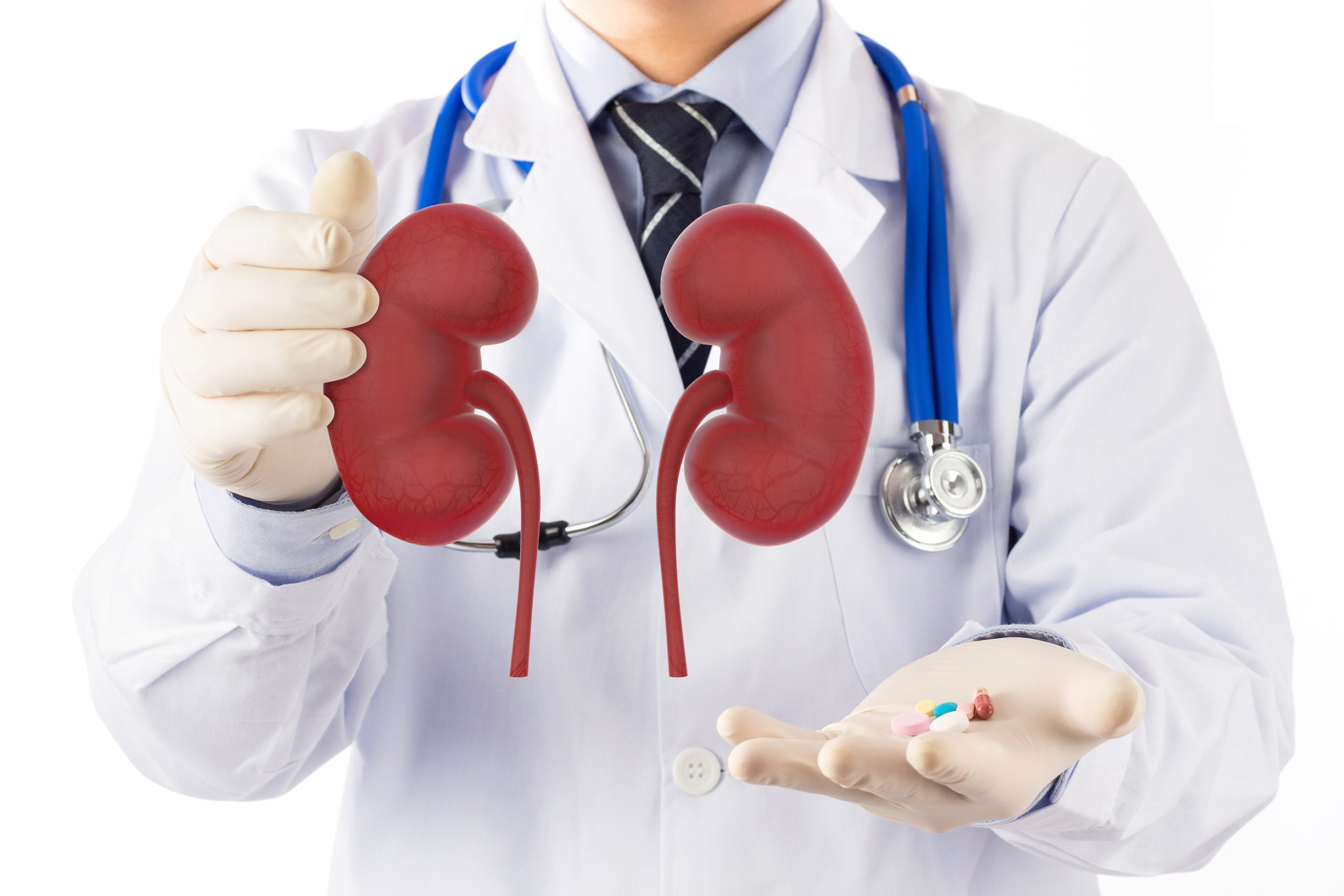Dialysis is a treatment for when the kidneys stop working as they should. It filters waste, water and salt to prevent them from building up in the body, helps control blood pressure and balances minerals – such as potassium, sodium and calcium – in the blood.
Dialysis is recommended when kidney failure occurs, which is defined as when 85% to 90% of kidney function is lost or when one has an eGFR of less than 15 mL/min/1.73m2.
While kidney failure is often permanent – beginning as chronic kidney disease and progressing to end-stage kidney disease – it can be temporary. If one experiences acute kidney failure, dialysis is only necessary until the body responds to treatment and the kidneys are repaired. In these cases, dialysis is temporary.
When hemodialysis is temporary
Hemodialysis is a treatment in which blood is filtered through a dialyzer, also known as an “artificial kidney.” While the blood flows through the filter, fluid is removed and the blood is subsequently returned to the body.
To reach the blood vessels, an access, or “entrance” is required. For long-term dialysis, doctors typically create the access with an arteriovenous (AV) fistula, which joins an artery to a vein under the skin to make a bigger blood vessel, or an AV graft, which joins an artery and vein under the skin with a soft plastic tube.
For temporary dialysis, a catheter is often used for access. The catheter, a small plastic tube, is inserted into a vein in the neck, chest, or leg near the groin. This surgery, done after an interventional radiologist or nephrologist has used medical imaging equipment to find where best to insert the catheter, is performed on a patient who has been given local anesthesia and medicine.
Hemodialysis treatments most commonly occur three times per week with each session lasting approximately 4 hours.
If the kidneys begin functioning properly on their own – and eGFR returns to normal – the catheter will be removed, and the patient will no longer need dialysis treatments.
When a patient chooses to stop dialysis against medical advice
Because dialysis is strenuous on the body and mind, and can lower quality of life and increase feelings of depression, some patients with end-stage kidney disease want to stop treatments even though their kidney function will never be regained.
Life expectancy for these patients ranges from 1 week to several weeks.
The health care team might want to thoroughly discuss the reasons for stopping and alternate options with the patient to ensure they are making an informed decision. Counseling with a mental health professional may also be encouraged.
Original article found on Healio, Nephrology News and Issues here: Click Here

